Main Transition Words Takeaways:
- Transitional words are important because they help improve the flow between words, phrases, sentences, and paragraphs.
- They are important for SEO because they help make text easier to read and understand. Search engines and readers love content that is readable.
- Transition words help link ideas and statements.
- Using transitional words at the beginning or end of a paragraph can help the reader understand when you introduce a new topic.
- The four types of transition words are additive, adversative, causal, and sequential.
- Transition words and phrases don’t affect the grammatical structure of sentences and paragraphs.
What Are Transition Words?
As a writer, your primary goal is to present information and ideas to your target audience in a clear and understandable manner. The best way to do that is to use transition words. Transition words or transitional words are terms and phrases that help connect words, phrases, and even sentences together. They build connections between ideas in your content.
Transition words and phrases ensure that your written work will not look choppy and disjointed. They help your audience progress from one idea to the next. Think of them as a way to tell your readers how they should process and understand the information you are giving them. Transition words function like GPS, guiding your readers where they are going and how to get there.
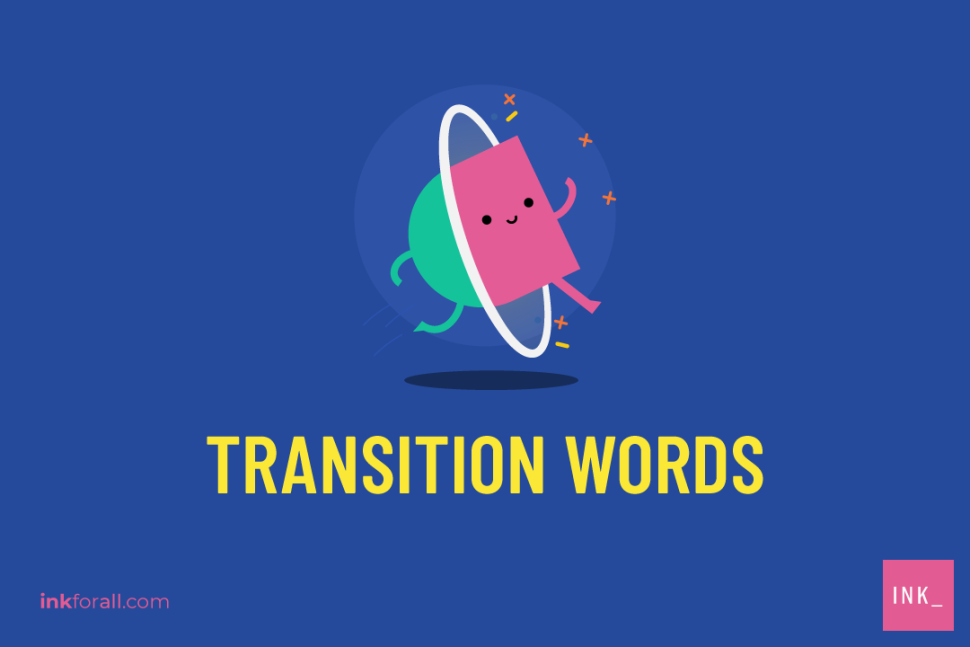

What Are Some Examples Of Transition Words and Phrases?
Here are some of the most common examples of transition words and phrases:
Not to mention Equally important As a matter of fact Not only/But Also In addition In fact For example What is more
In particular On the other hand When in fact But even so Whatever happens In any case Because of Due to
In the event that With this in mind To conclude By the way To return to the subject As has been mentioned Given these points
Transition words are categorized based on their purpose. For instance, transition phrases like as a result of, due to, and as long as are used to emphasize cause and effect. Below are more examples of transition expressions that have been categorized based on their functions:
Cause and Effect
granted that as long as for the purpose of in order to in view of as a result of due to because therefore consequently so accordingly thus hence Since for owing to as a consequence of leads to contributes of stems from comes from results from
Evidence
as well as and too also in addition to or not only… but also further furthermore besides in addition moreover then again finally by the same token identically uniquely certainly truly including to be sure namely chiefly
Contrast
however on the other hand otherwise but unlike conversely in spite of at the same time nevertheless alternatively on the contrary yet whereas apart from even so although while
Comparison
as as if similarly equally like in the same way comparable as with of contrast despite this in comparison in contrast even though likewise in like manner
Opinion
I feel I believe in my opinion as fast as I know in my experience as for me, I think if I’m not mistaken I think in my view it seems likely it seems to me what I mean is i’d say that
Similarity
moreover as well as together of course likewise comparatively correspondingly similarly furthermore additionally
Clarification
that is to say in other words to clarify that is to explain to put it another way to rephrase it in this case I mean up to a point under certain circumstance
Sequence/ Order
first second next finally at this time following previously before prior to before
Time
later after before soon meanwhile during subsequently after that at the present time sooner or later in due time as long as in the meantime in a moment at this instant from time to time
Condition / Purpose
provided that given that in case even if only if so as to in as much as when whenever if… then unless because of as while lest since
Emphasis
also especially furthermore indeed in addition in particular certainly of course significantly notably in fact actually in reality as it happens
Conclusion
in conclusion to conclude finally summarizing overall on the whole to sum up evidently briefly in short altogether in summary to summarize
Place
here there over there under beyond to the left opposite in the distance
Illustration
such as in this case for one thing for example in the case of illustrated by as an example for instance in other words as revealed by an instance to show that
Reservation
admittedly even so as a matter of fact indeed nevertheless even though despite this notwithstanding regardless


What Are Some Examples of Transition Sentences?
The best way to understand how transitional words work is to see them in action. Remember, as important as these grammatical tools are, it’s not a good idea to overuse them. Too many transitional phrases can make your text seem complicated and wordy. It could also make you seem like a chronic overexplainer, and nobody wins when that happens.
You can use transitions to go from sentence to sentence:
You can also use transition words and phrases to go from paragraph to paragraph:
What Are the Four Types of Transition Words?
1. What are Additive Transitions?
These transition words add or introduce another idea. They may also reference a previously mentioned concept, identify a similarity, or clarify an idea. Additive transitional words include:
2. What are Adversative Transitions?
Adversative transitions may be used to signal opposing ideas or dismiss a previously discussed idea altogether. Some adversative transition words include:
3. What are Causal Transitions?
As for causal transitions, they’re most commonly used to denote cause and effect. They may also indicate the reason an idea or action is happening or has happened. Causal transition words include:


4. What are Sequential Transitions?
As the name suggests, sequential transitions are used to put a sequence of ideas in order (usually chronological). This helps the reader understand where ideas fall in a list or when you’re wrapping up your text. Sequential transitions include:
Are Conjunctions Considered Transition Words?
While conjunctions and transitions share the same purpose — to connect ideas between or within sentences — they are not used the same way. You must not confuse conjunctions with transitional words or expressions. Conjunctions connect phrases and clauses, whereas transitions indicate the relationship between sentences and paragraphs. Check the following examples:
Subordinating conjunctions connecting dependent clauses with independent clauses:
Read More: The Easiest Way To Get Subordinating Conjunctions
Coordinating conjunctions connecting two independent clauses:
Transition words connecting sentences and paragraphs:
Specifically, “was” indicates that the first and third singular person points of view acted in the past. For this reason, we use “was” with the indicative mood.”
Another significant difference between transitions and conjunctions is their grammatical functions. Since conjunctions join clauses, they become part of the sentence and affect it grammatically. On the other hand, transition words have no impact on the grammatical structure of a sentence or paragraph. In short, you can remove a transition word, and it won’t have any impact on the sentence at all. Check the examples below:
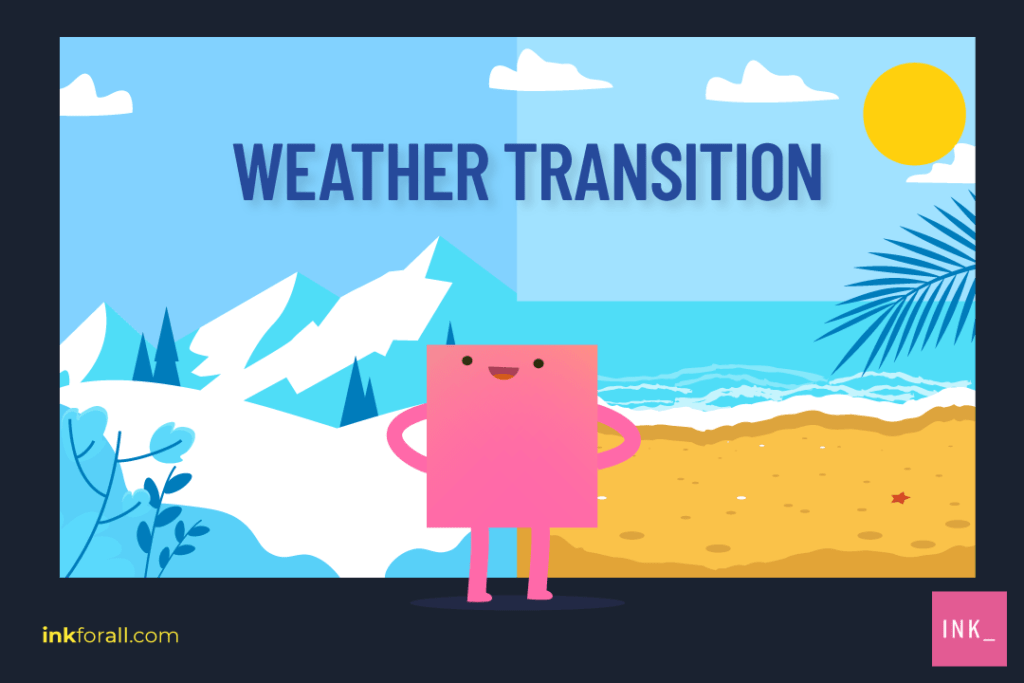

Do Commas Go Before Or After Transition Words?
The placement of commas when using transition words will depend on where the latter appears in your text.
How Are Transition Words Used in SEO?
SEO, or search engine optimization, is a process that involves optimizing your content for search engines to help improve ranking. The higher you are in search results, the more visibility your content will have. The more visible your content, the more people will see and learn about your brand.
See, Google runs on algorithms and those algorithms are big fans of order and ease of use. In other words, clarity is everything.
In the olden days (you know, like the 2010s), Google was like a heat-seeking missile for keywords. Basically, the more keywords you could stuff in your copy, the better you’d rank. That led to a lot of web pages that said something like, “buckets buckets buy some buckets buckets for sale the best buckets.”
What are they selling? You guessed it: buckets!
Google (and the rest of the world) soon realized the keyword stuffing wasn’t really good for anyone. Instead, search engines began focusing on how web pages could best serve the reader. Now, algorithms analyze web content for readability, and transition words play a huge role in that determination.
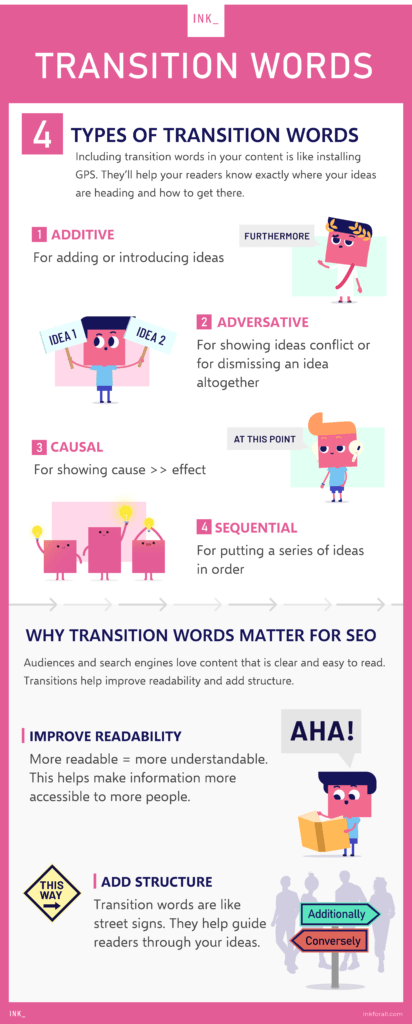

Transition Words Give Direction
Transition words also help you structure your content. Remember our road map? Transitional words can act as street signs, pointing readers left or right, directing them to take a U-turn, or propelling them onward.
Transition To a Closing
Finally, you can use transitions to introduce a new section or conclude your previous one—or wrap up the entire text. You may even use a transition to reinforce the general idea of your content before ending your piece:
Quick Transition Words Grammar Quiz
Transition Words Question #1
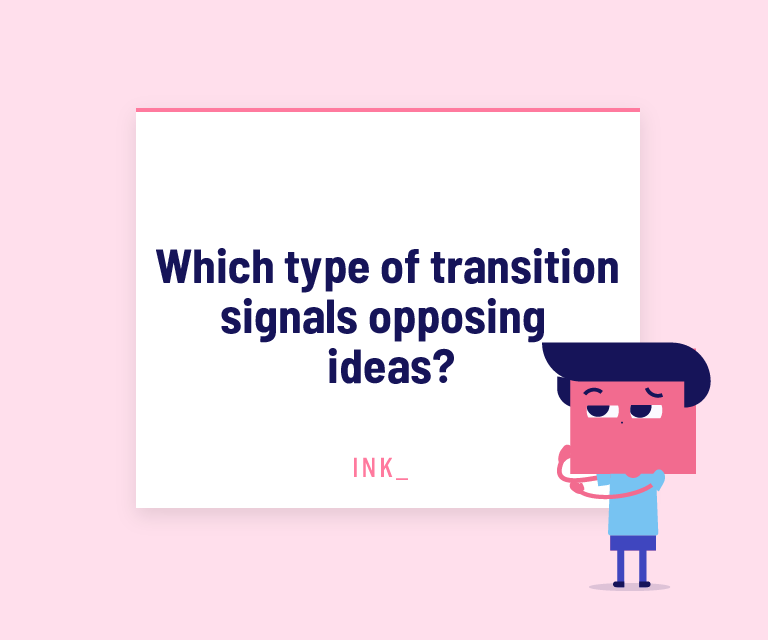

The correct answer is letter C. Adversative transition words may be used to signal opposing ideas or dismiss a previously discussed idea altogether. (E.g., but, however, conversely, still, and besides)
Causal Transition Question #2
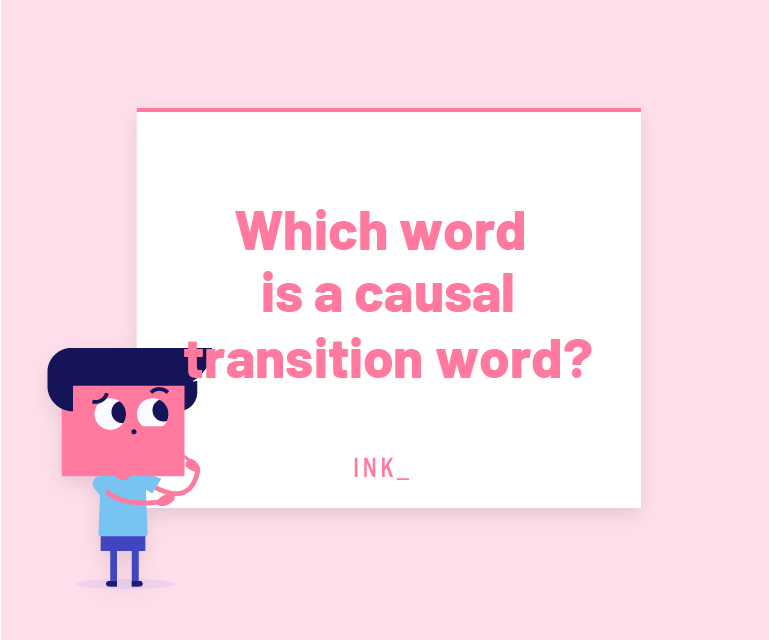

The correct answer is letter B. Consequently along with words like for, since, unless, as a result, and hence are all causal transition words. (E.g., "Flexible workers often find themselves in great demand, and consequently, earn high wages.")
Transition Words in SEO Question #3


The correct answer is letter B. Transition words help improve the flow of ideas within a piece of content, making it more readable and easy to understand. Content with a high readability score can boost your SEO.


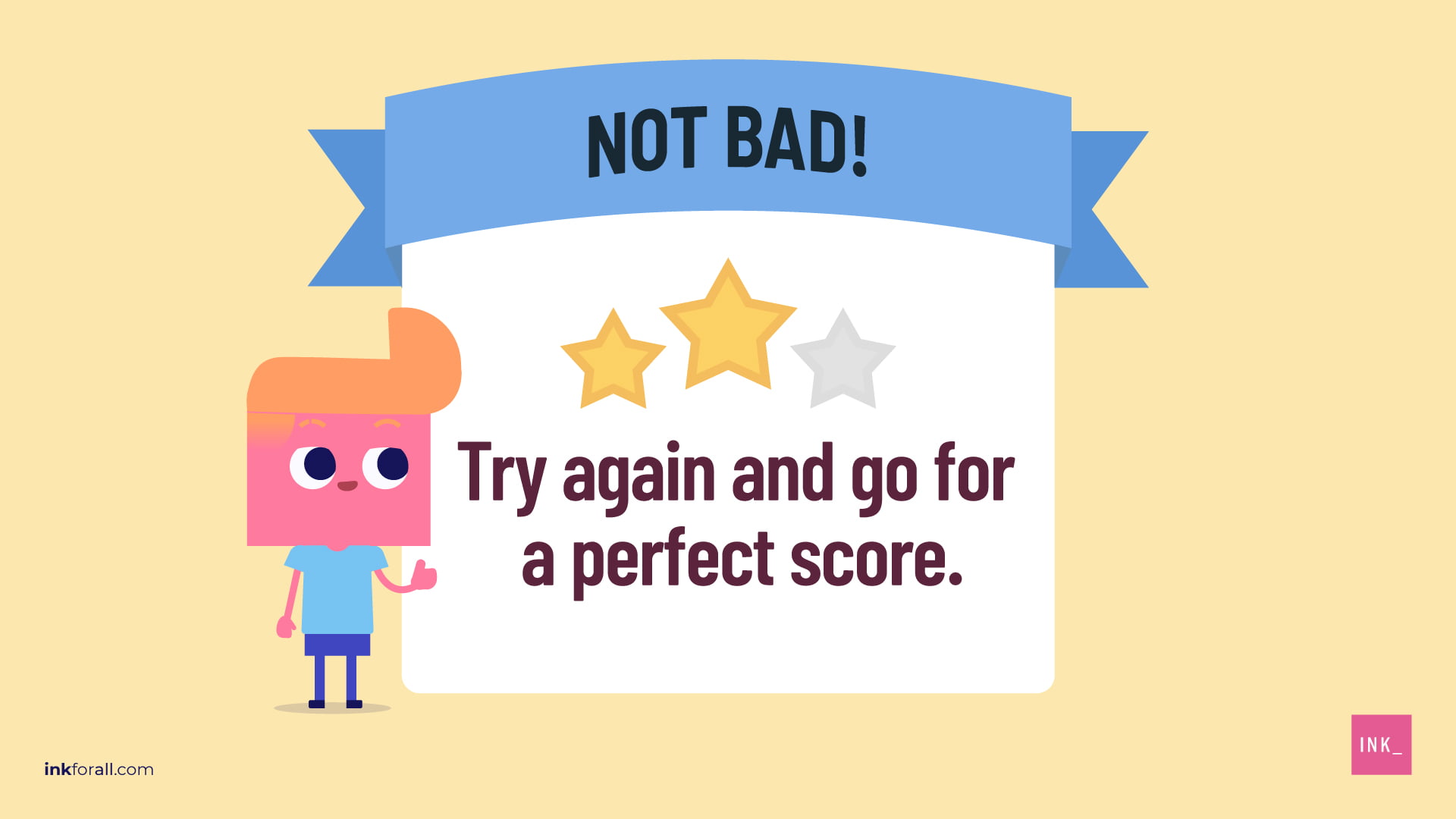

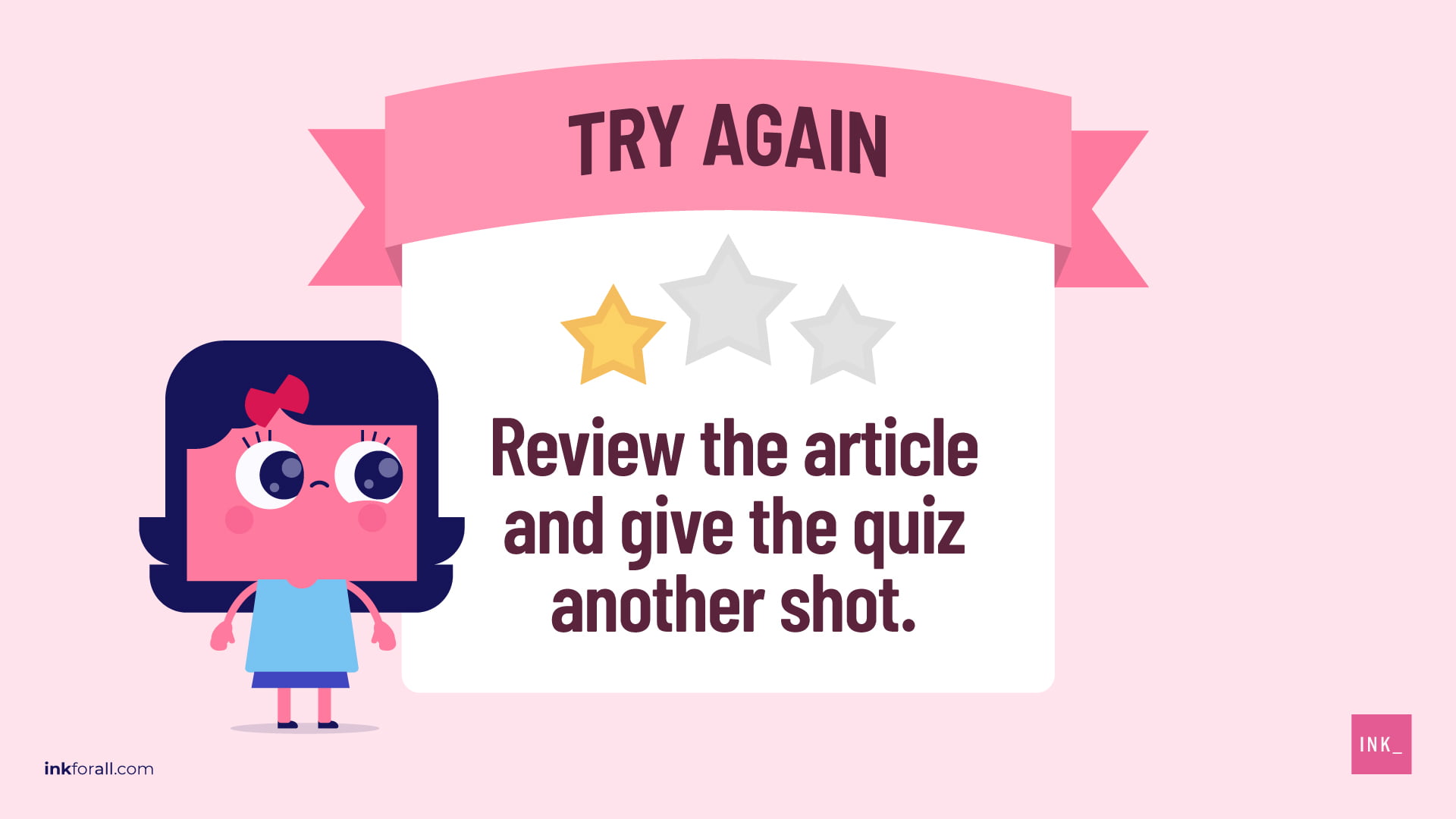


Thank you Krista for you hard work. This is tremendously helpful.
Fantastic list and help! thank you!
Hello Rebecca!
Thank you for the positive feedback. Did you try the quiz? How was it? Again, thank you for stopping by and reading!